SEO campaign management is the development, execution, and monitoring of search engine optimization tasks over a measurable period of time (typically three months to one year). The goal of these actions is to increase the search engine results page (SERP) visibility of your web pages, outrank digital competitors in search, and funnel high-intent traffic to conversion landing pages.
There are many methods for achieving SEO success, so let’s talk through the variables you need to keep in mind along with a proven checklist of tried-and-true tactics that should keep your campaigns firing on all cylinders.
What Is SEO Campaign Management?
Changes to search-engine algorithms never stop, so any content marketing strategy worth its salt needs to keep up with the times.
If you’re launching a new SEO campaign, it should reflect the latest thinking, and it should be capable of evolving over time. This is where engaging a seasoned SEO agency can make all the difference. By leveraging comprehensive SEO services, from audits to ongoing SEO management, businesses can ensure their strategies remain effective and adaptive.
So what factors should be highest on your radar when you launch your local or national SEO strategy?
Ranking Factors
Industry insiders love to make a bigger deal of ranking factors than is necessary. For the most part, the core ranking factors that Google uses to index and rank content have remained the same for several years. However, leveraging tools like Google Search Console can provide insights into how well your pages perform in search results, allowing for more targeted SEO efforts.
Here’s a handy infographic that illustrates the factors that will dictate your website’s rankability:
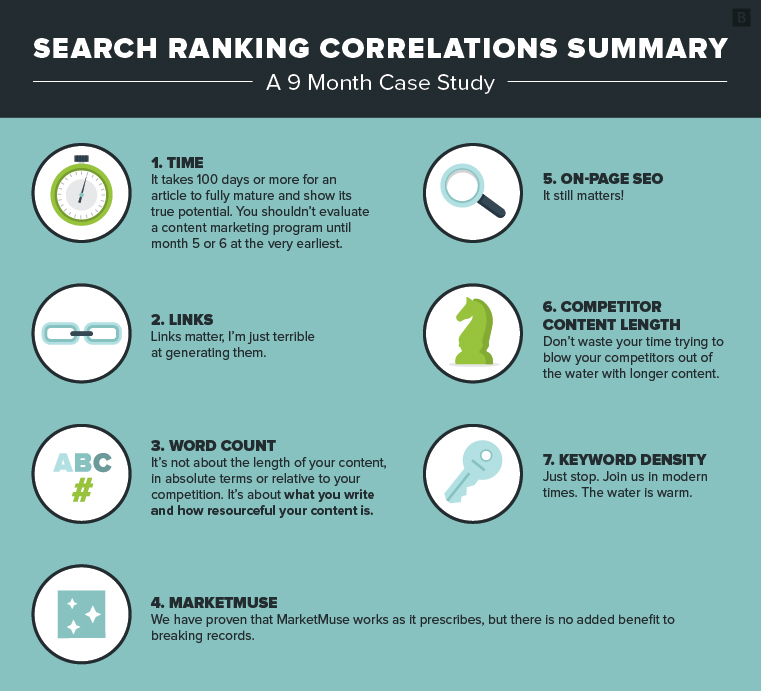
SERP Display Changes
Google has periodically made changes and updates to the ways search results are displayed on SERPs. Some of these have called for SEO strategy changes, while others have just reinforced existing best practices. For instance, Google Ads have become an increasingly prominent feature, highlighting the importance of integrating Google AdWords into your overall SEO campaign to maximize visibility.
In the past few years’ worth of updates, Google has experimented with double Featured Snippets displays, infinite “People also ask” boxes, and expanded Google My Business functionality.
The overall trend is toward SEO marketing tactics that favor non-standard listings. Expect regular search listings to be pushed further below the fold in favor of images, videos, paid ads, maps, and direct answer boxes. This shift underscores the importance of a comprehensive SEO effort that includes local SEO to enhance visibility in local search results.
Algorithm Updates
Moz records a history of Google algorithm changes that you can frequently check in on. For 2021, the site lists 16 changes. Not all of these updates have been confirmed by Google itself, however — the search giant is often cagey about whether something has changed under the hood.
For the months ahead, you can expect plenty of search engine algorithm updates — not all officially announced by Google — and some demanding content marketing adjustments in response. Keeping an eye on resources like Search Engine Land can provide valuable insights into these changes.
Featured Snippet Changes, Anti-Link Spam Efforts and More
Check Moz’s SEO algorithm change list or the similar guide from Search Engine Journal and you’ll see a few notable recent updates. Largely, Google has been offering changes designed to prevent marketers from abusing its systems. This means, for example, tweaks to neutralize any benefits of excessive link spamming. Another update was designed to prevent articles from appearing as both the Featured Snippet and a regular result on the SERP.
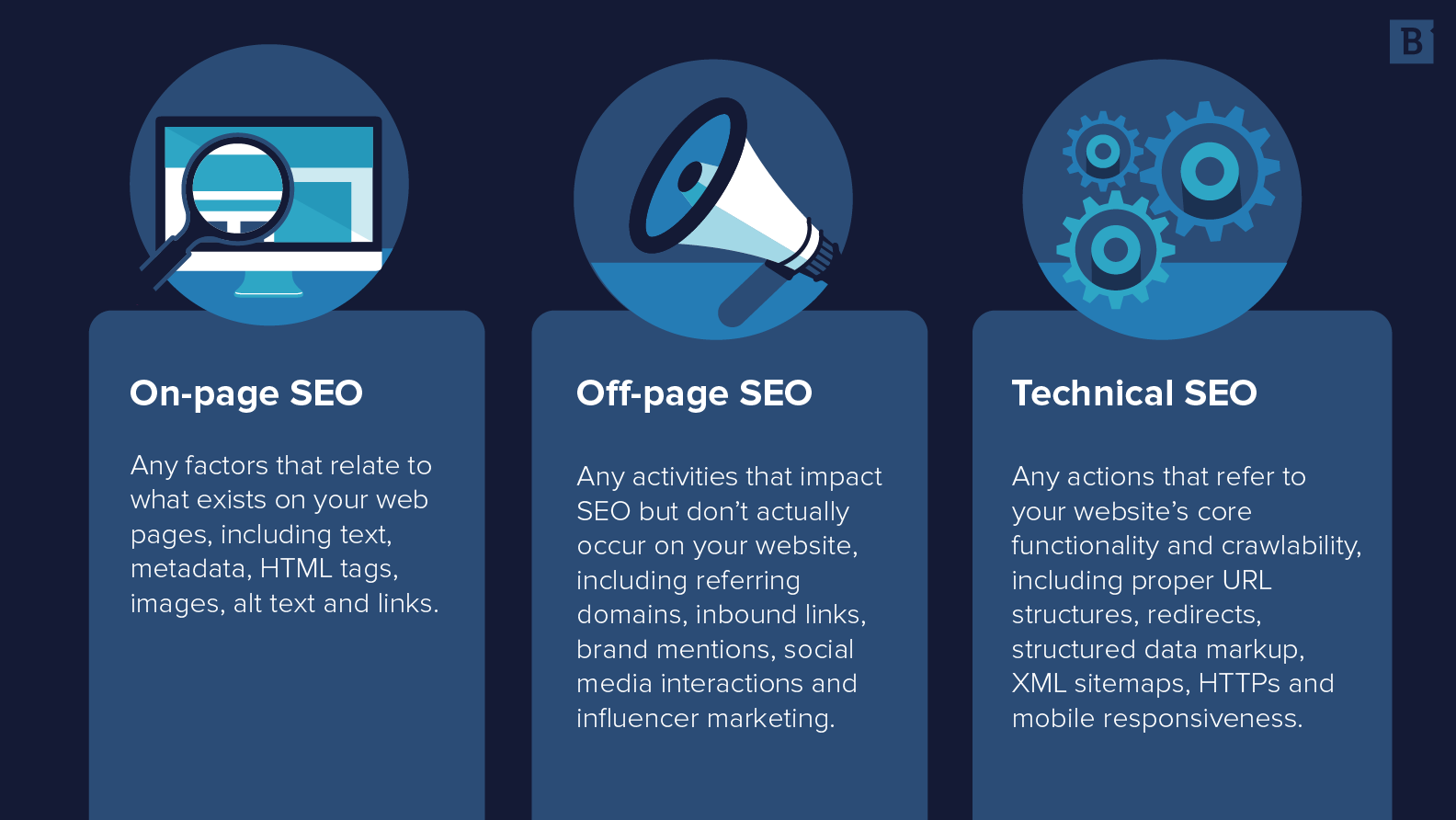
SEO, classified
Here’s a refresher on SEO definitions before moving forward:
On-Page SEO
Any search engine optimization factors that relate to what exists on your web pages, including text, metadata, HTML tags, images, alt text, and links.
Off-Page SEO
Any activities that impact SEO but don’t actually occur on your website, including referring domains, inbound links, brand mentions, social media interactions, and influencer marketing.
Technical SEO
Any actions that refer to your website’s core functionality and crawlability, including proper URL structures, redirects, structured data markup, XML sitemaps, HTTPS, and mobile responsiveness. Effective web development and web design practices play a crucial role in ensuring your site meets these technical SEO standards.
SEO checklist: A Campaign From Scratch
Google SERPs are more competitive than ever, and it’s not hyperbolic to say that every positional increase in your organic rankings matters enormously. Take a look at how much traffic each ranking position gets:
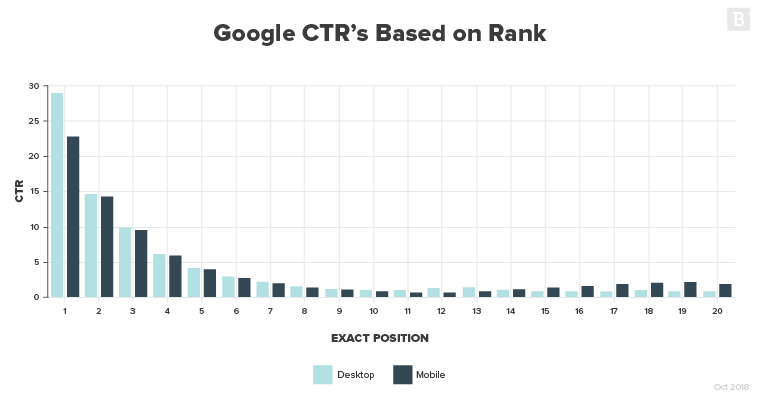
You HAVE to be on page one, or you simply won’t be seen by anyone. So here’s a rundown of on-page, off-page, and technical SEO steps to take:
Run a Quick Site Audit To Find and Fix Broken Links, 404 Errors and Other Penalties
Lay the groundwork for your content to perform well by uncovering and cleaning up site errors. Using a search engine marketing tool like Semrush, you can conduct an in-depth audit as well as receive regular optimization ideas directly in your inbox, so you immediately know how and where to improve.
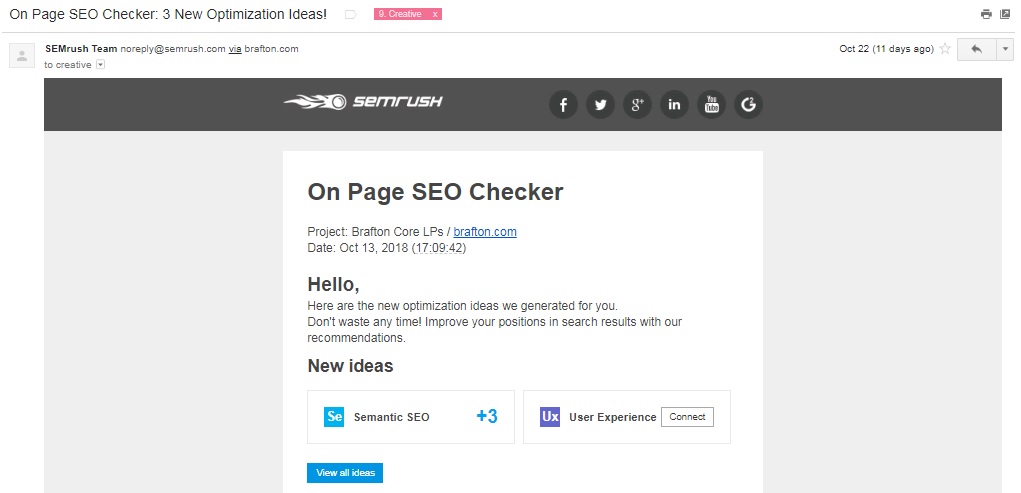
Use Google PageSpeed Insights To Improve Site Speed
Users will bounce from your site if it loads too slowly, and Google may actually stop crawling your site regularly and prevent indexing. Fix that fast with Google PageSpeed Insights, thus adhering to one of Google’s key UX algorithm preferences.
Looks like we’re doing pretty well:
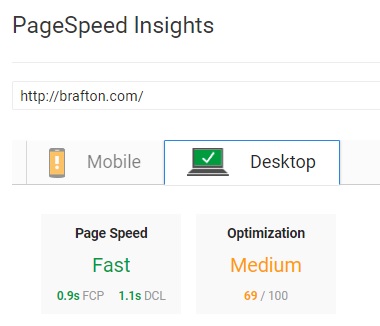
Set Up Goal Values in Google Analytics
How’s your SEO? You won’t have any idea if you don’t properly set up your Google Analytics account with customizable goal values. Doing so allows you to mathematically determine how much each organic lead is worth, who is actually reading your content, and where in the buyer journey people may be tuning out.
By the way, Google Analytics is always evolving — check out what’s changed in Google Analytics 4.0.

Use Google Mobile-Friendly Test To Optimize for Mobile-First Indexing
Google shows users the mobile version of your website when it appears in search results. So by optimizing for mobile, you allow Google to display your content in the correct format — one that is conducive to smartphone scrolling and short attention spans.
Again, we’re faring well:

Identify and Prioritize High-Value, Low-Volume Keyword Targets
Head into SEMrush’s Position Tracking tool to perform vital keyword research and see whether you’re actually ranking for the keywords you wish to own. Filter out keyword targets that are too competitive (Keyword Difficulty score is too high), have a lot of SERP crowding (will have to compete with several paid Google ads and Featured Snippets that may distract searchers from your listing) and aren’t fully relevant to your commercial goals.
In general, the longer tail a keyword is, the lower its search volume and the lower the Keyword Difficulty score. These are the search terms you’re actually capable of ranking for, which can be found in SEMrush’s Keyword Magic tool. Additionally, leveraging the Google Keyword Planner can help refine your SEO keyword strategy, ensuring it aligns with search intent and maximizes your chance of appearing in relevant search results.
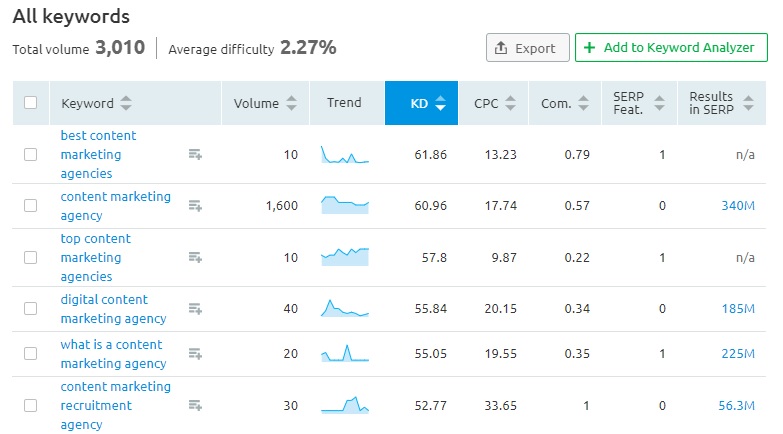
Thoroughly Fill Out Your Google My Business Profile and Other Online Directories
Featured Snippets and Google Maps scrape your company information from Google My Business, so if your GMB isn’t set up, you’re missing out on geo-targeted search queries.
More on why GMB is so important to B2B brands here.
Before Any Other Content Creation, Rewrite Core Landing Pages for Greater Authority and Depth
Your landing pages are where conversions happen, so use a tool like MarketMuse to see how thorough your content on these pages should actually be and whether there are gaps in your topic coverage. Once your landing pages are fully optimized, you can start directing all of your blog and social traffic to these pages.
Take a look at how we use Search Performance Briefs as a starting point for ALL content creation, backed by science:
Consolidate and Streamline Your Social Media Presence
B2B brands are scaling down their social media channels in favor of a more focused online presence, and for good reason. Social media has indirect SEO benefits in the form of user engagement signals and content promotion, and it provides a strong distribution method that amplifies the reach of all of your content efforts.

Convert Top-Performing Content Into Other Types of Assets and Redistribute
Have a data-heavy white paper? Break it into several infographics and distribute via email. Generated a lot of great questions from registrants to a recent webinar of yours? Create a comprehensive FAQ page that addresses them all.
This type of cross-cutting allows you to churn single ideas into several marketing assets simultaneously. It also shows Google that your site remains fresh and continually valuable to searchers.
In what areas have you increased spending?
[View our #contentmarketing report to see this and other findings. ➡️ https://t.co/5gNxE9yi2c] pic.twitter.com/xXhRvblGKX
— Content Marketing Institute (@CMIContent) November 2, 2018
Automate Your Analytics Reports and Integrate With Other Platforms
Google Analytics is your bread and butter, but you should also be pulling data from your email marketing platforms, social tools, and CRMs. Many of these platforms offer integrations with one another to provide a more comprehensive look into your total marketing performance.
Most companies don’t have proper processes in place to effectively measure #contentmarketing data. Here’s a look at the metrics that truly matter — and those that don’t: https://t.co/0lZP1qjXsc pic.twitter.com/hjz43Hw4Pb
— Brafton (@Brafton) March 5, 2018
Experiment With at Least One New Form of Media
Videos, podcasts, PDFs, and social posts, among others, are all indexed and featured in search engines just like trusty blogs or infographics are. Diversify your content offerings to better scale with ongoing SEO changes.
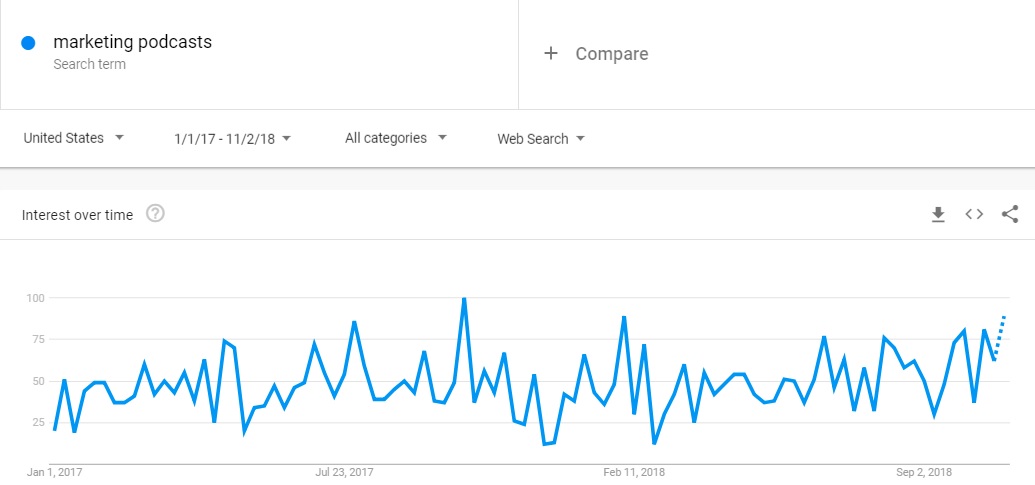
Share As Much Data As Possible With Your Sales Team (and Vice Versa)
SEO is more than a marketing tactic; it’s also an indicator of ROI, sales-readiness, lead quality, and overall inbound success. Any data your analytics tools compile relating to user search behavior, on-site interactions, brand mentions, social media interactivity, and content performance metrics can be leveraged as sales collateral for your sales reps.
Similarly, your sales team should prime the marketing department with information on customer lifecycles, cart abandonment, brand loyalty, referrals, and other indicators of satisfaction or dissatisfaction that your content can potentially help with.

Bonus SEO Tactics: Maintaining a Healthy Campaign
Optimizing for search never ends, so your successful SEO campaign should also keep evolving. There are literally 10-20 things you can do every single day to improve your backlink profile, increase conversion rates, and win those SERP rankings you treasure so much.
Here are a few other tactics we recommend:
- Map every upcoming asset to a specific stage of the sales funnel.
- Reach out to high-value industry sites for link-building opportunities.
- Build and segment email lists.
- Send out a regular newsletter.
- Create unique, clickable CTAs for every downloadable asset.
- Simplify your opt-in forms.
One point of caution, if we may: Beware of SEO companies that promise the moon. If they can’t show you examples of client success, provide regular progress reports or can’t back up their SEO claims in any way, choose a different vendor.
Hopefully, learning all about search engine optimization has you fired up to try it for yourself. In a world of evolving algorithms and shifting audience interests, there’s always room for an SEO strategy to improve. Any SEO expert will tell you to always keep your eyes open for the next big change, or even an incremental update.
If you embrace this change rather than fear it — and partner with a digital marketing agency that feels the same way — the sky (or at least Page 1) is the limit.
Editor’s note: Updated April 2024.




